Archive Pierre Domenech
Pierre Domenech is a french Photographer that used to work for Marseille’s newspaper Le Meridional and La Provence. He was specialized in drugs and crimes from the 50’s to the 80’s covering all the years of the French Connexion and Marseille’s region crime history.

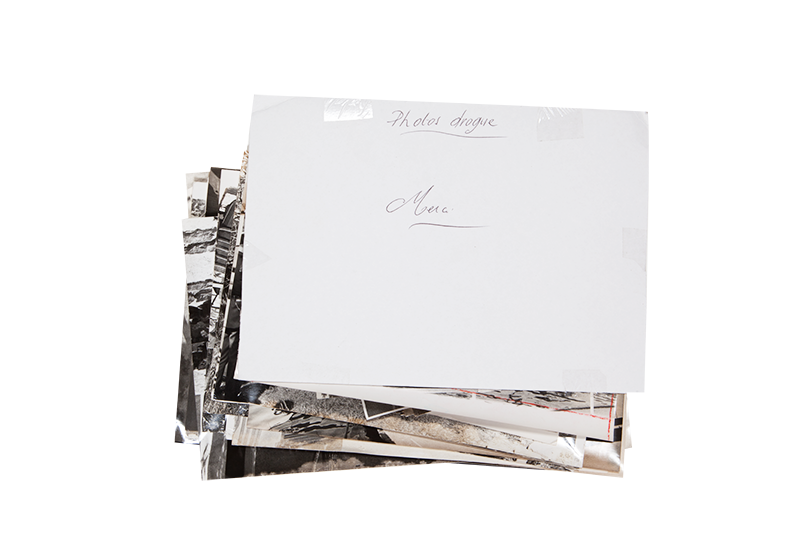
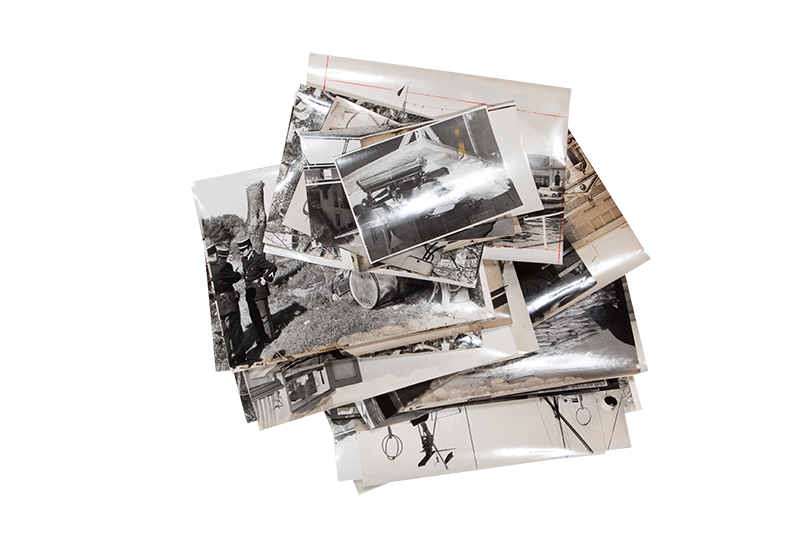
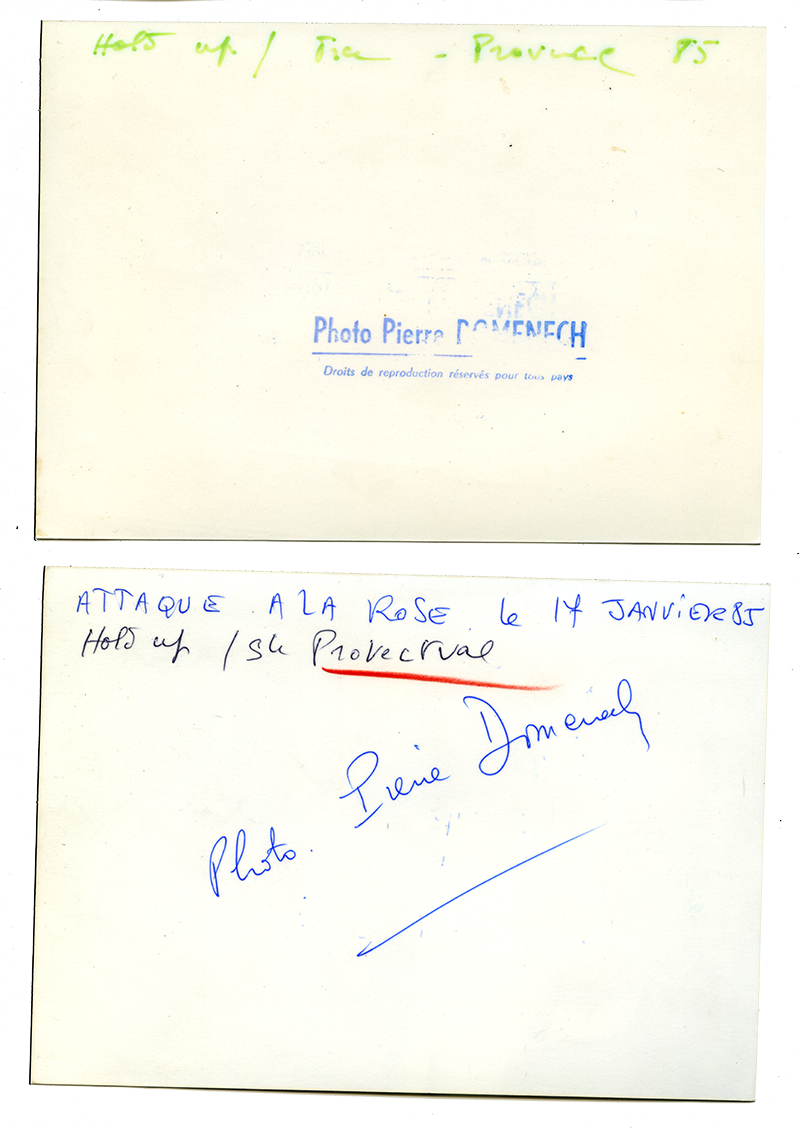
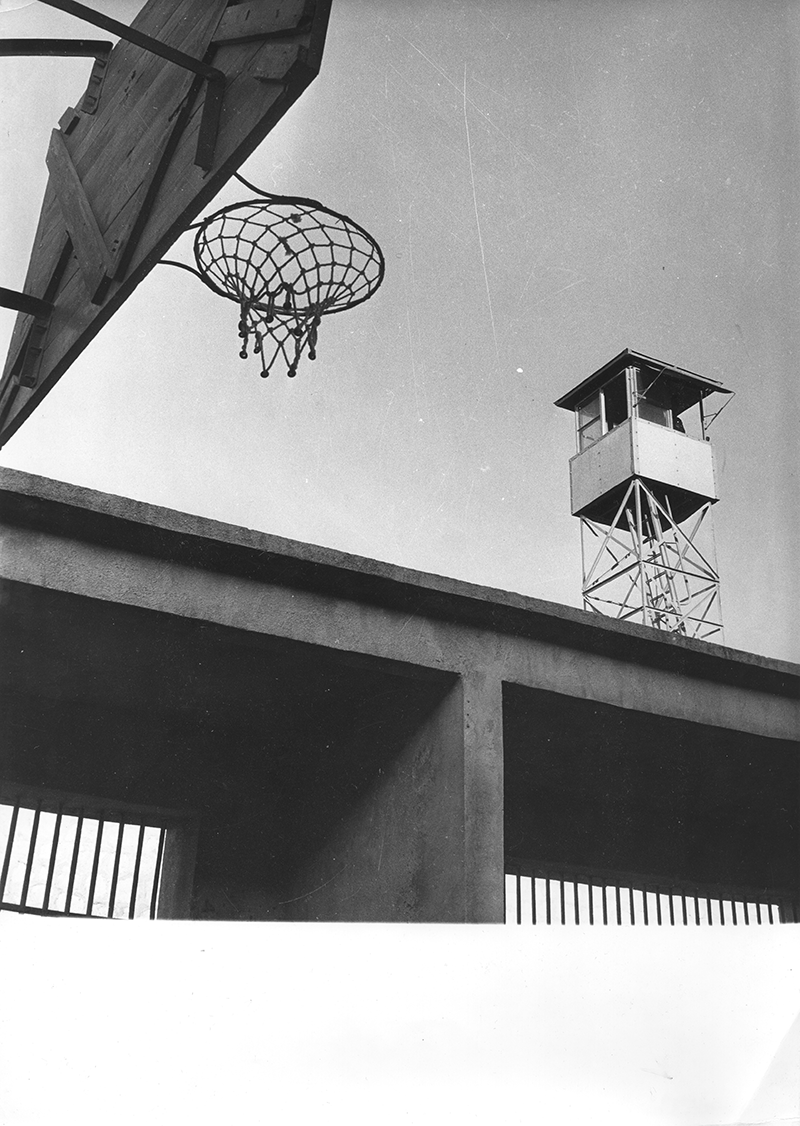
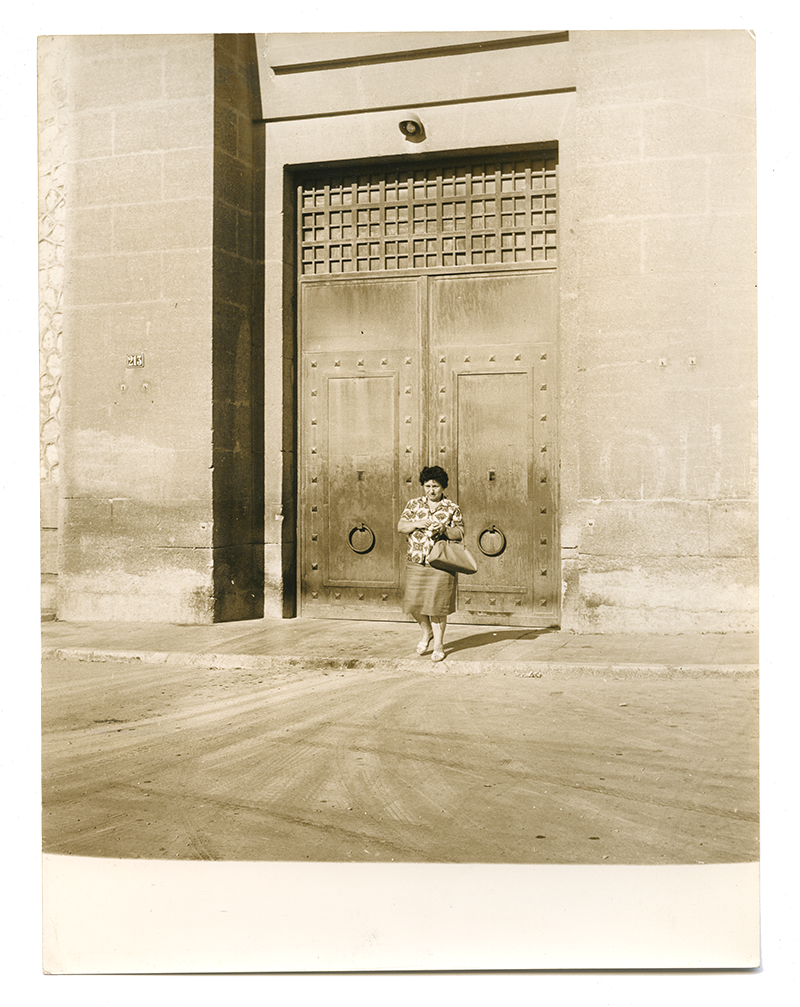
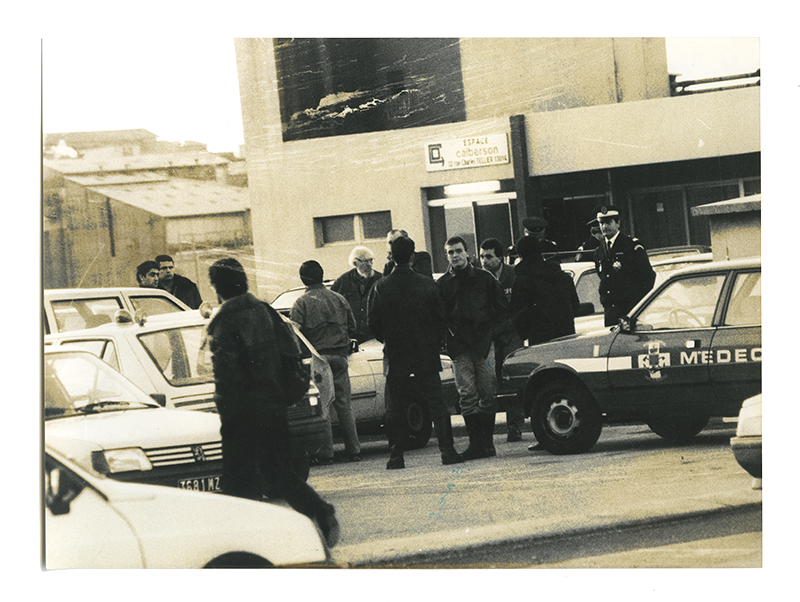
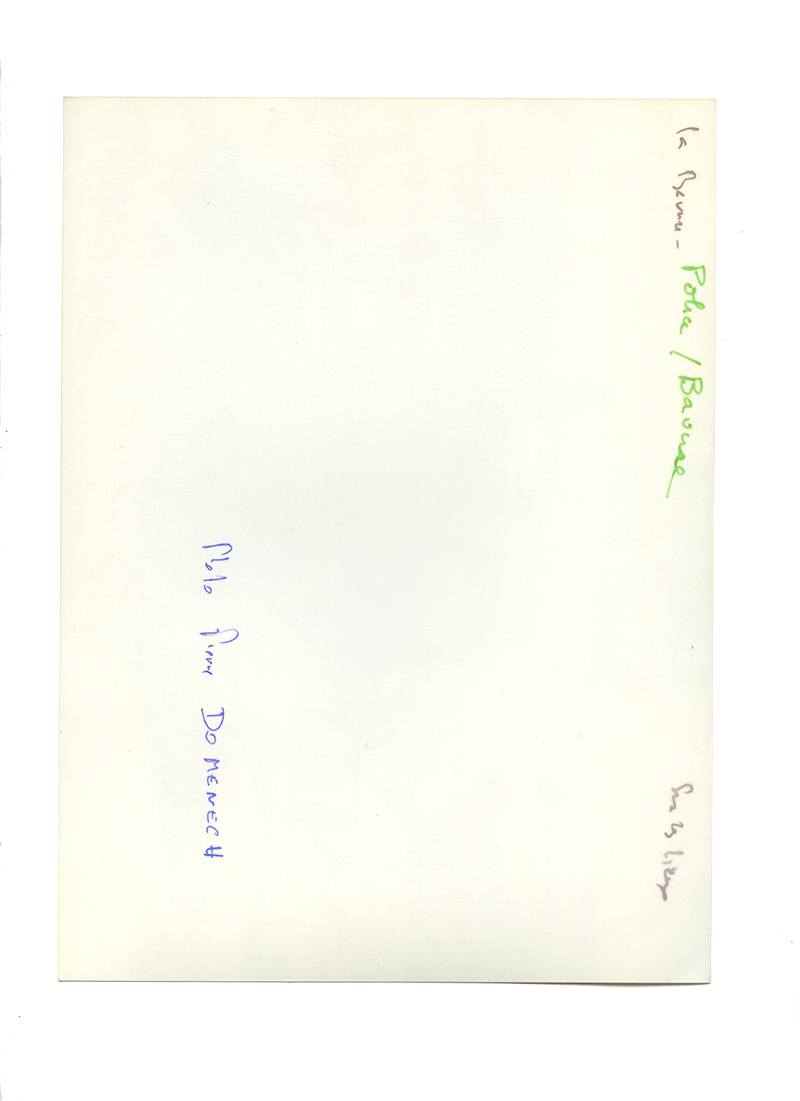
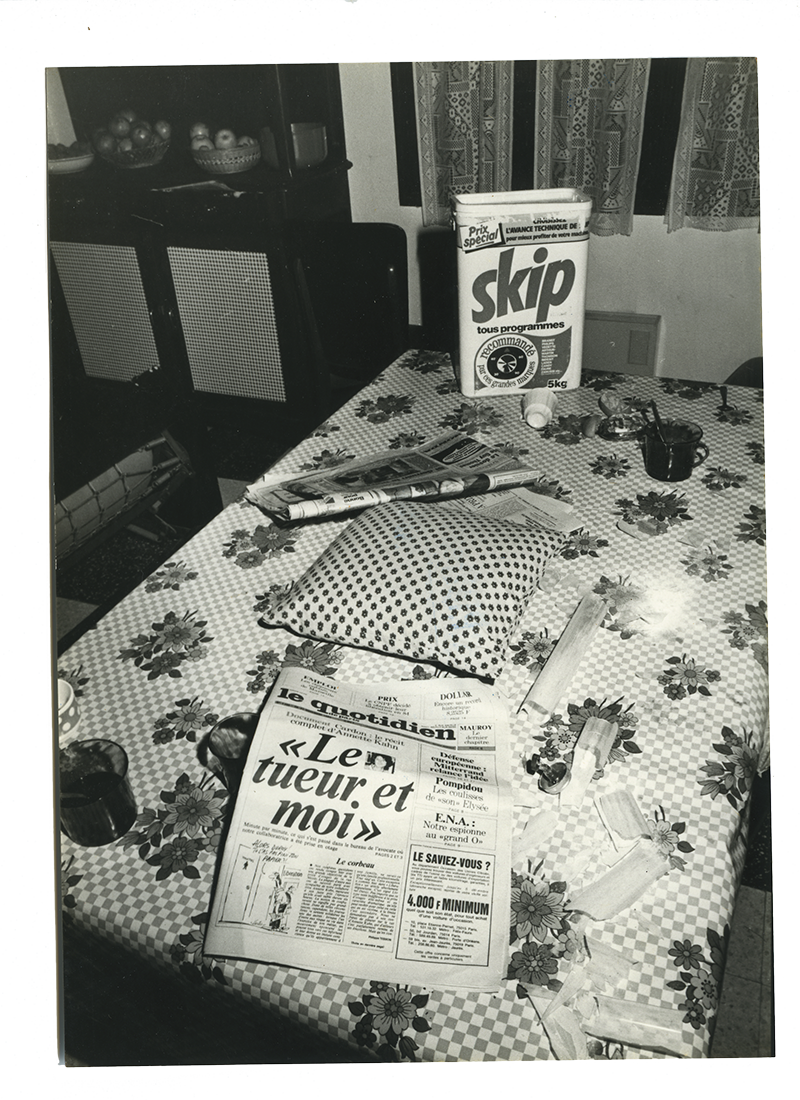
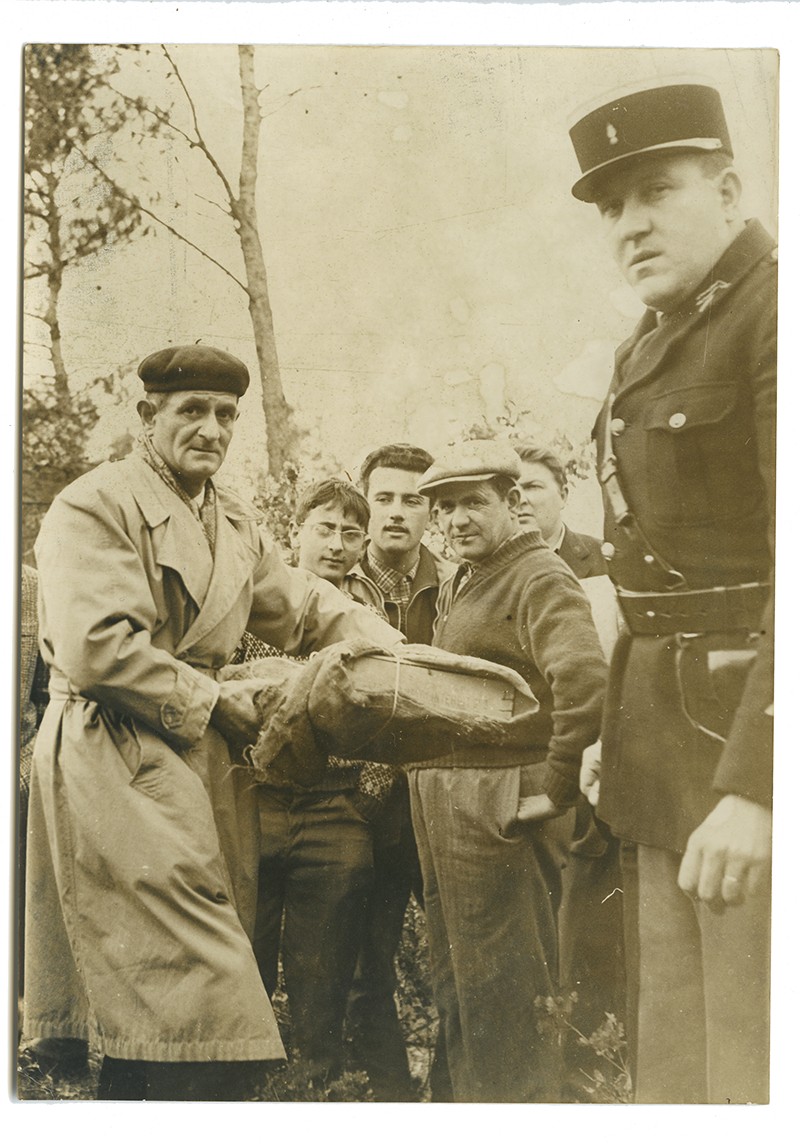
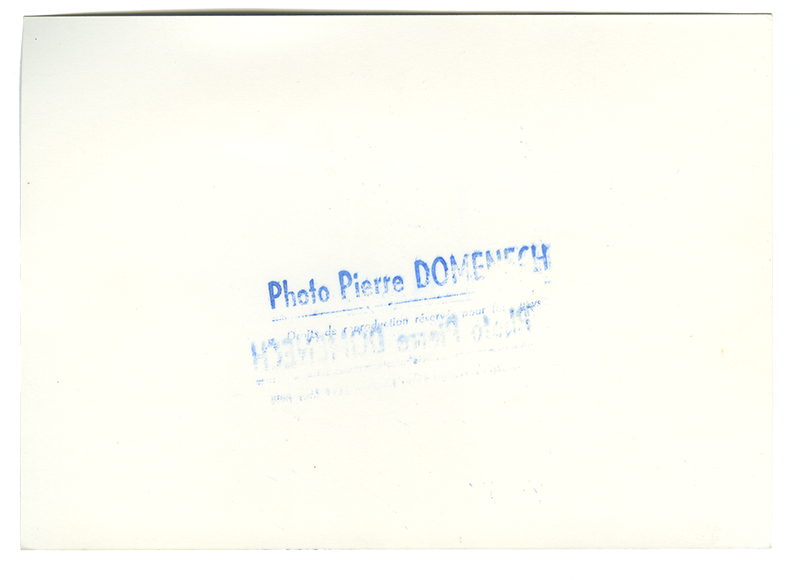
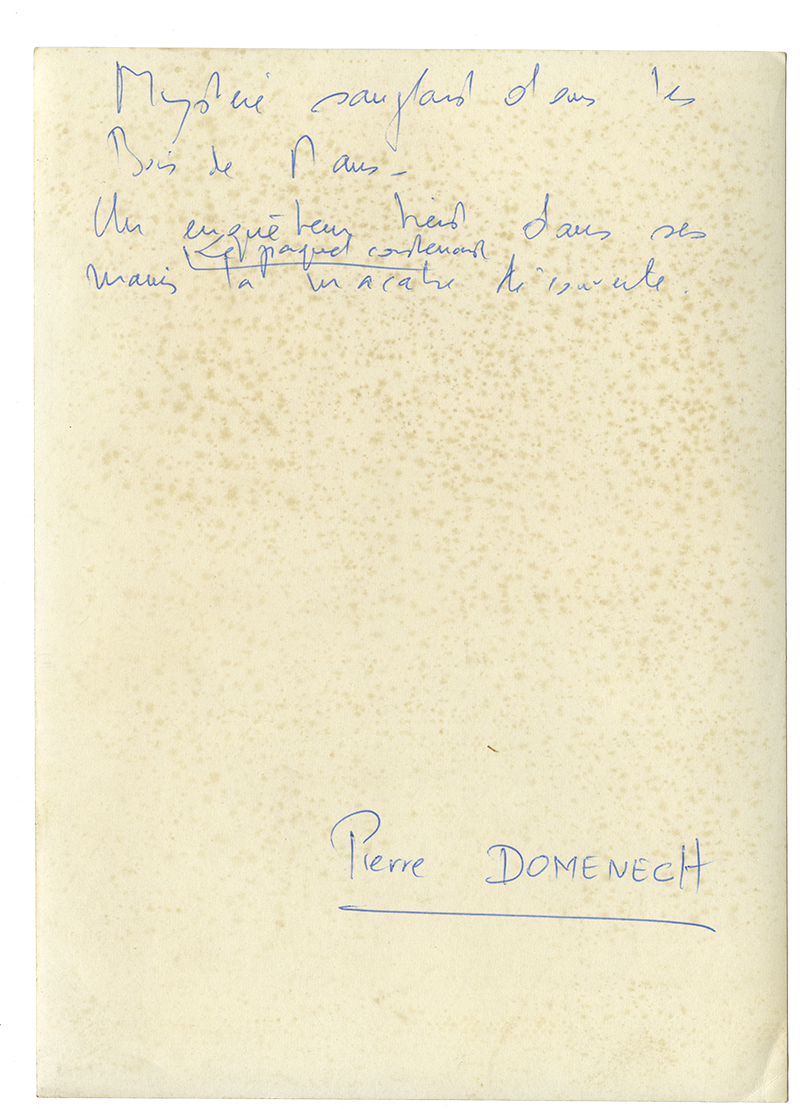
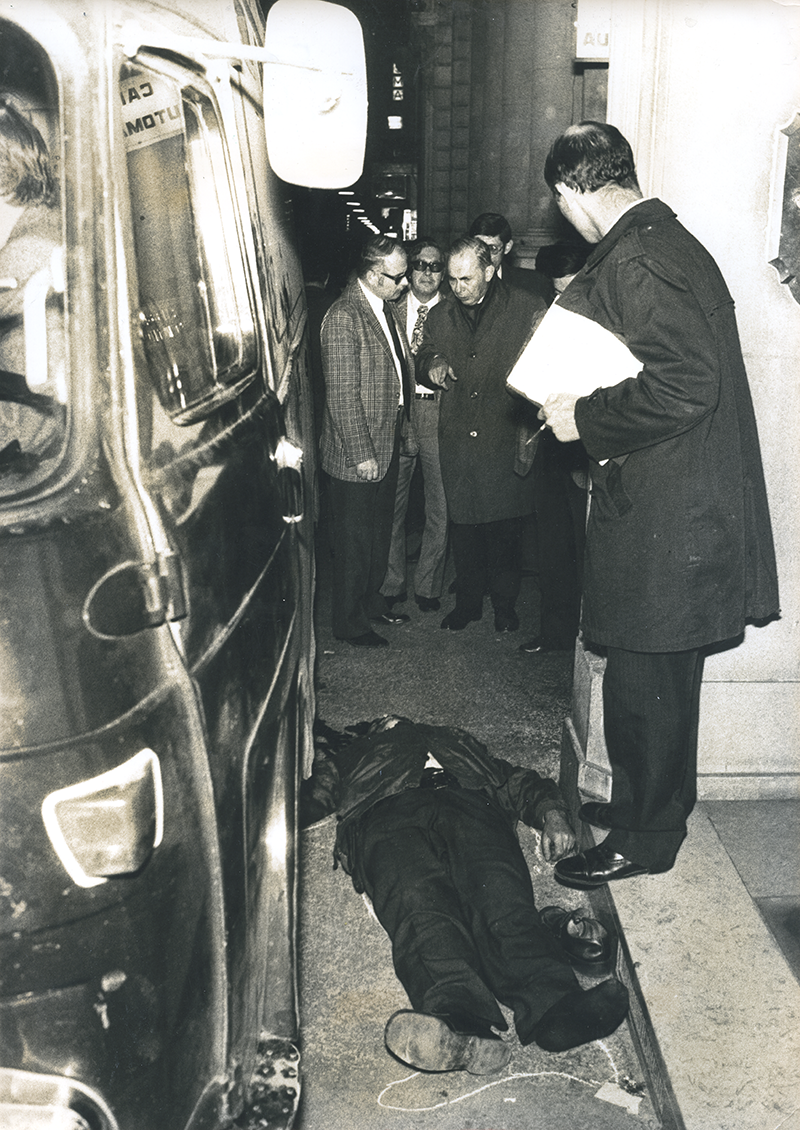
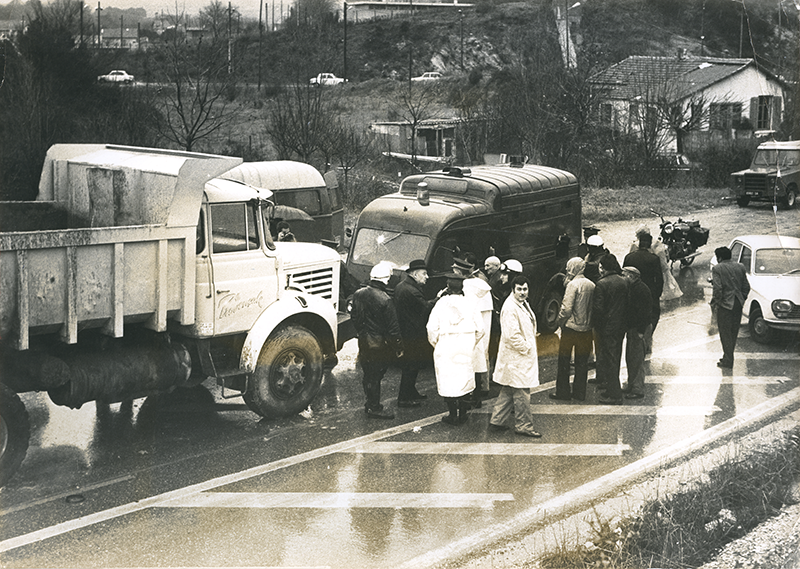
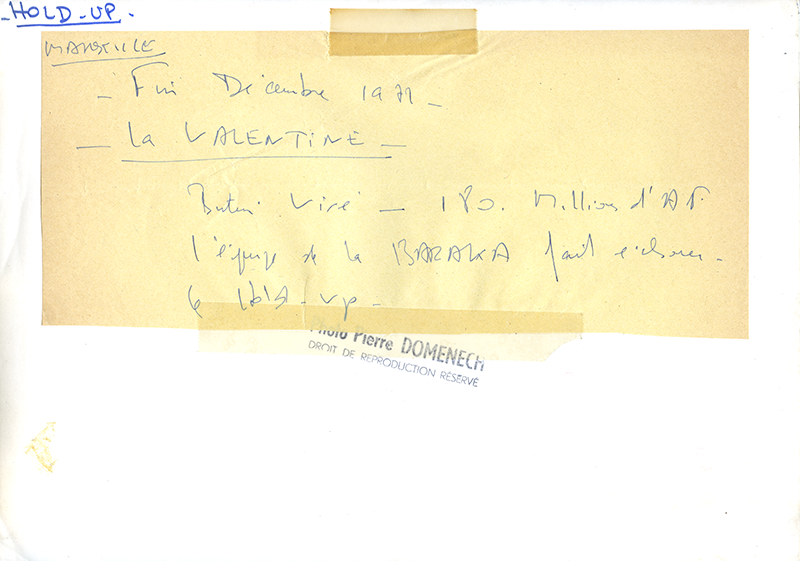
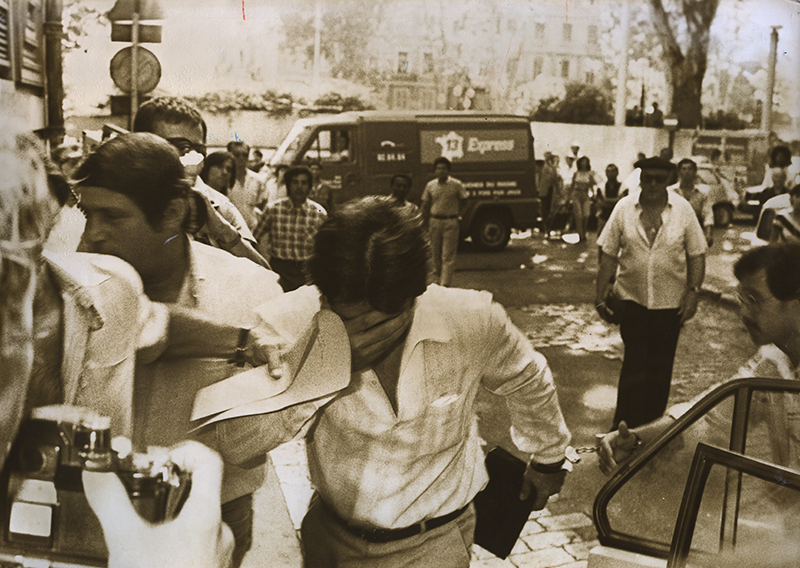
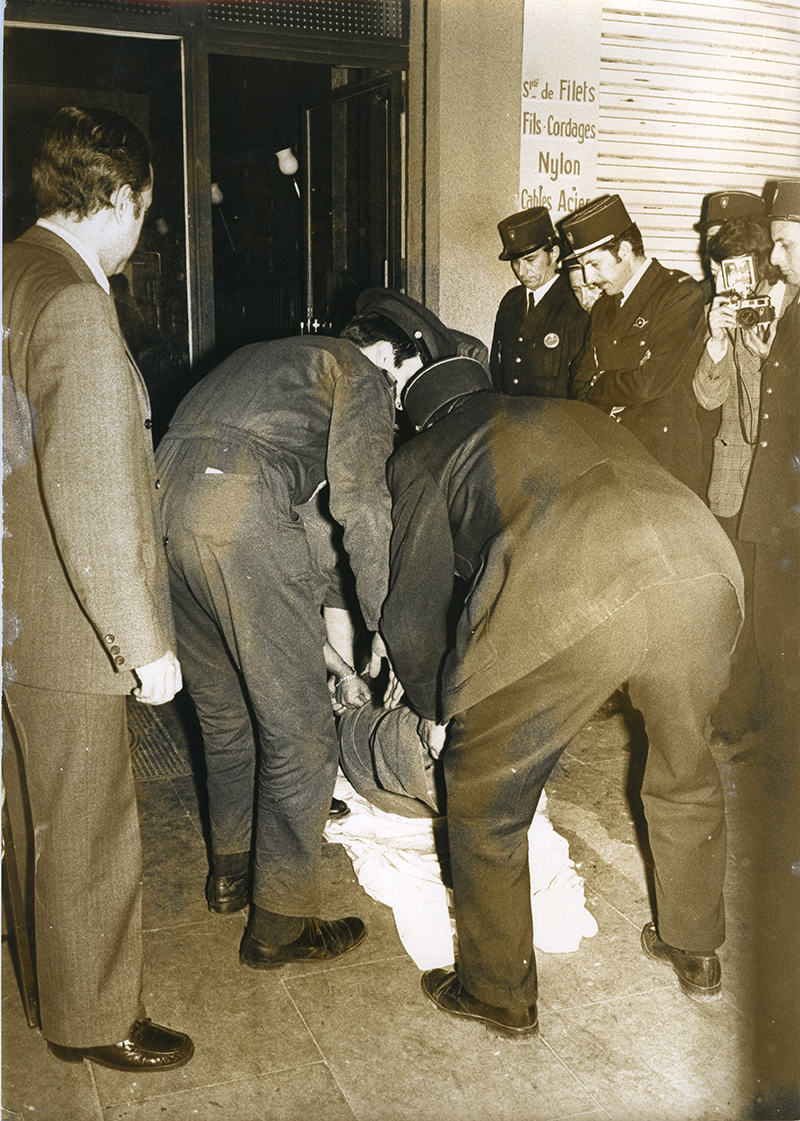
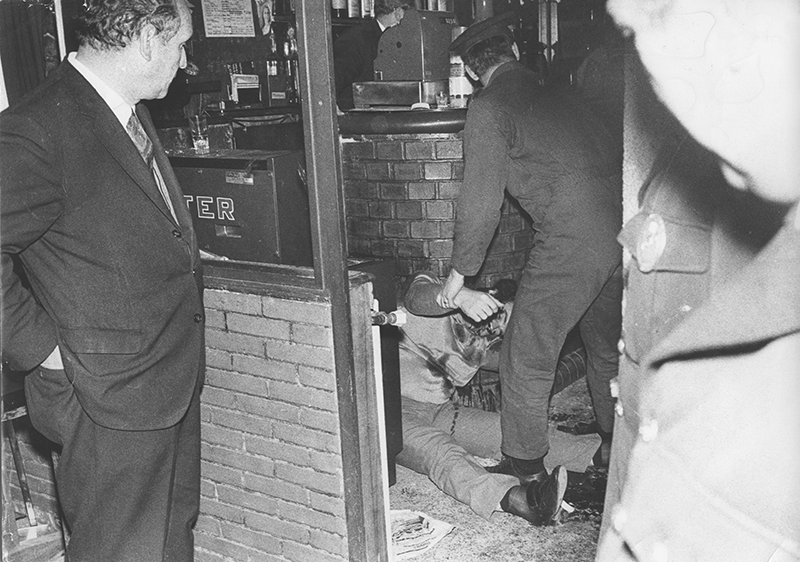
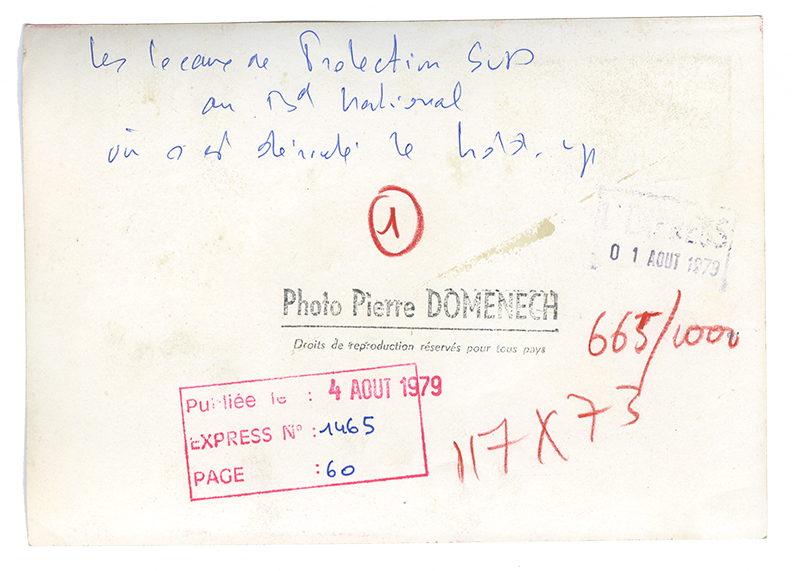
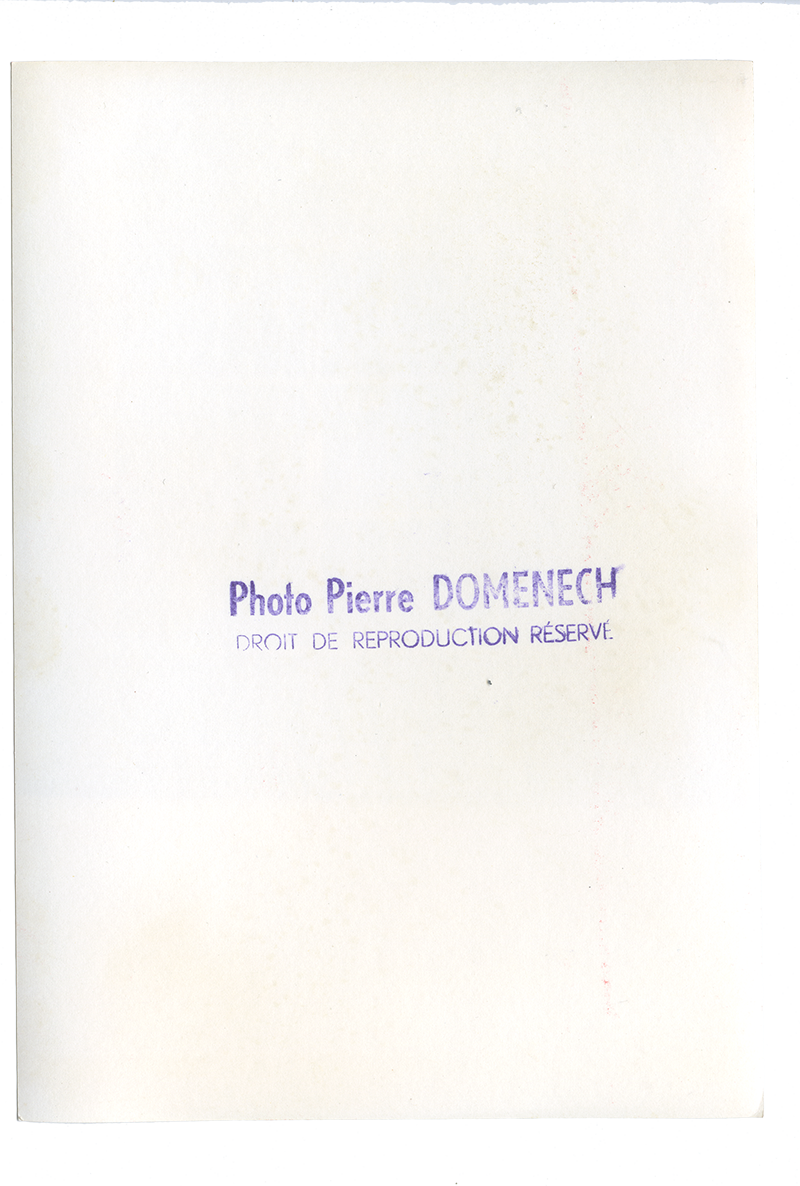
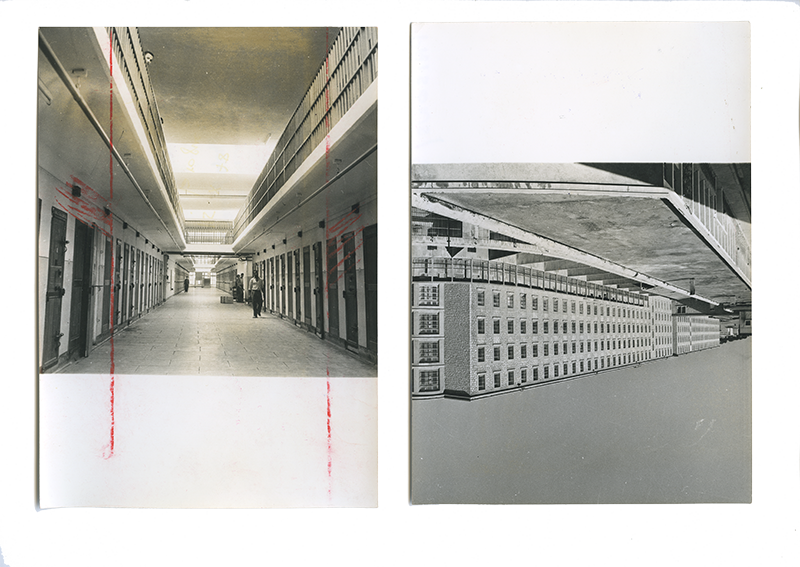





















Crime & Robberies in Marseille
Archive of 75 press vintage photographs in black and white, with inscriptions and stamps of the photographer on the back.Many famous stories of attacks on armored vehicles in the region of Marseilles and south of France around the 70’s. Pictures taken on location, crime scene, landscapes.Variable sizes of photos around 20 x 30 cm. Some of the photo’s eventually published in the southern french newspaper Le Meridional. Rare documentation on cold case like « La tuerie du Bar du Téléphone» (the massacre of the Bar name « the phone »). 10 People killed the 3rd of october 1978 in this bar of the 14th aera of Marseille in a shootout where hundred of bullets were found.
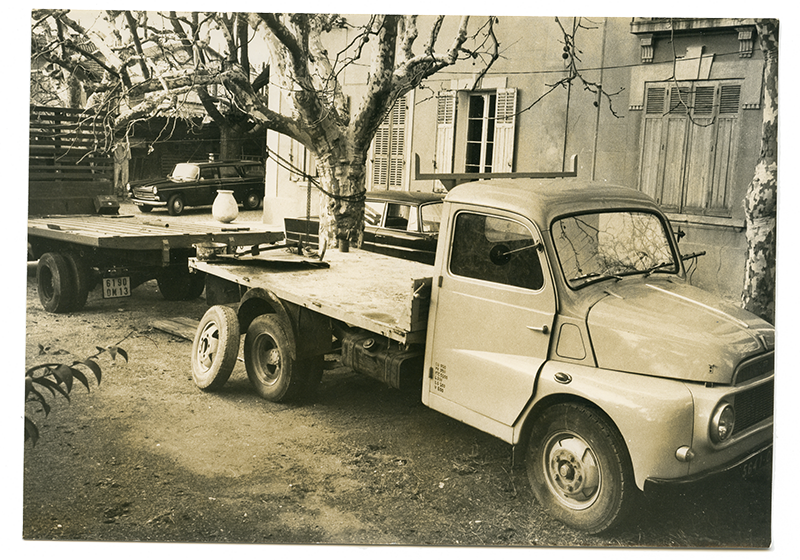
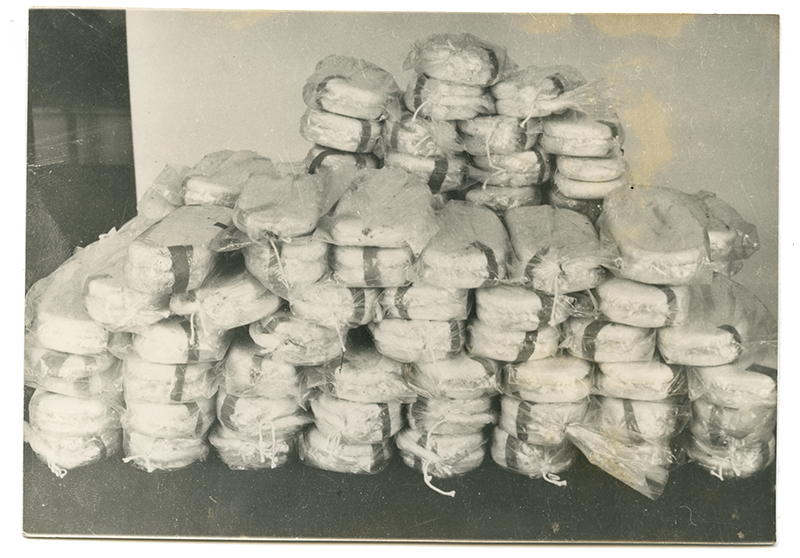
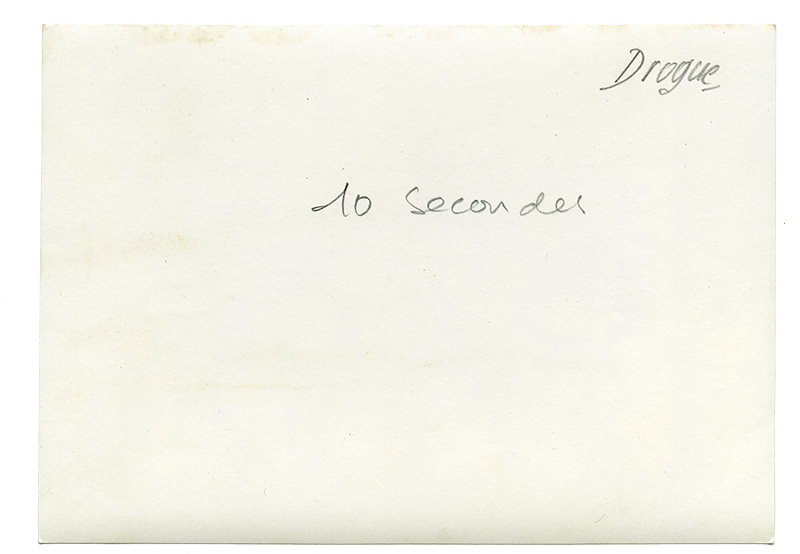
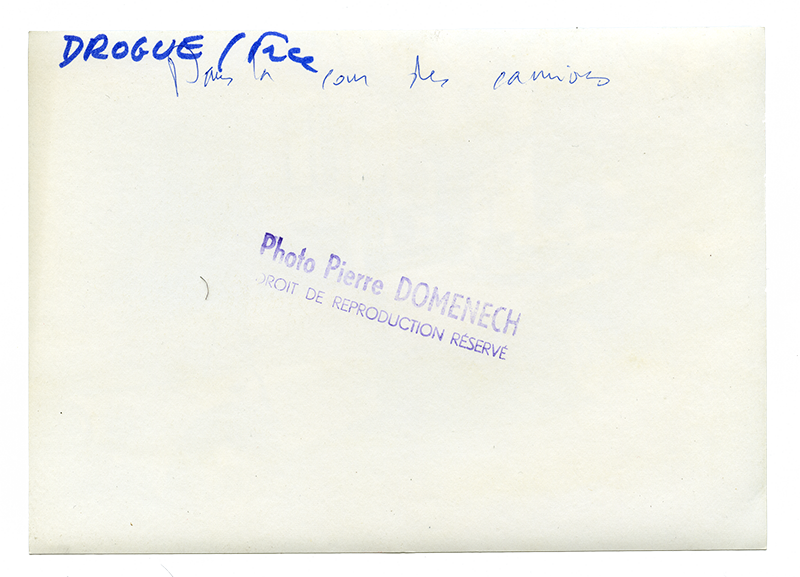
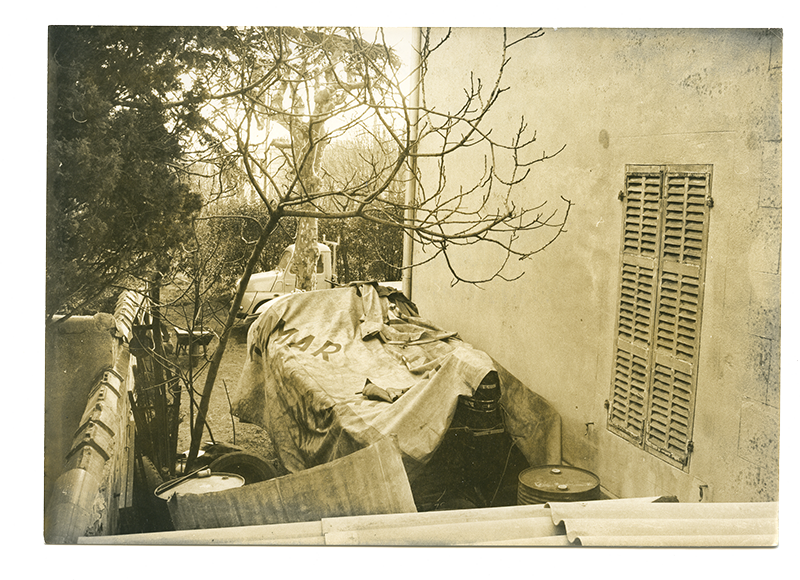
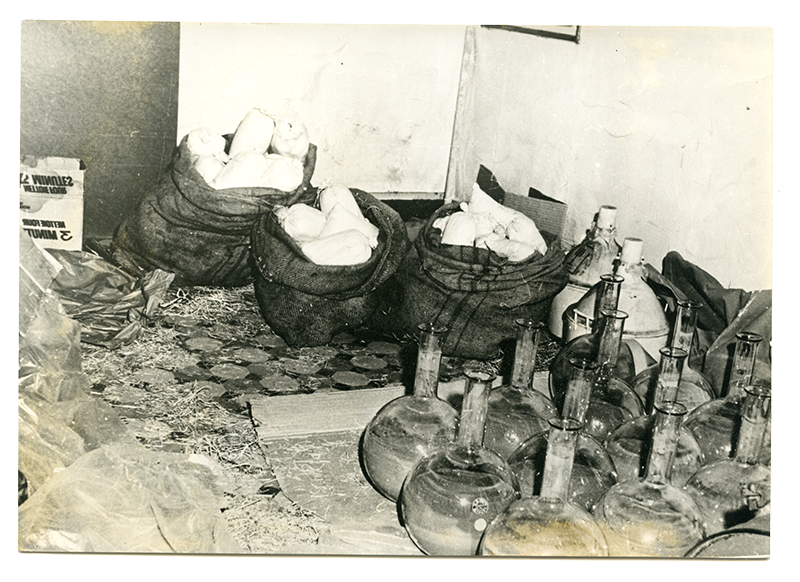
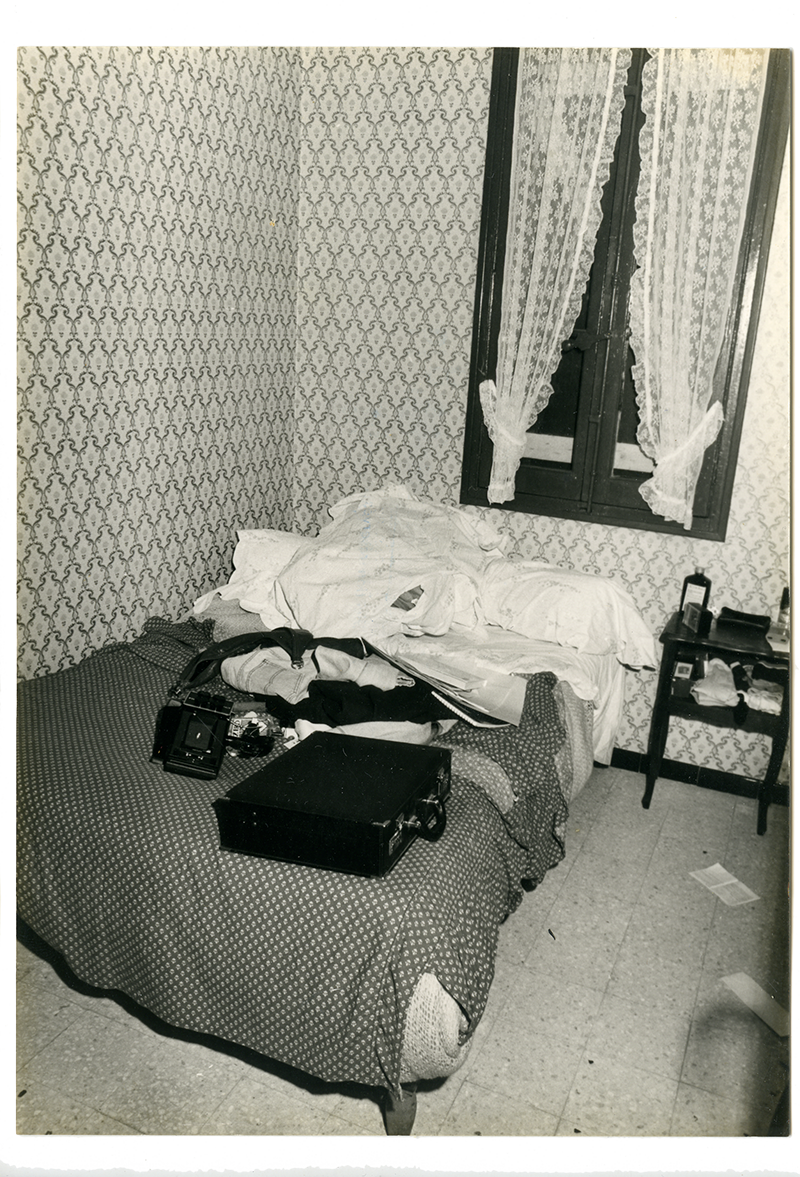
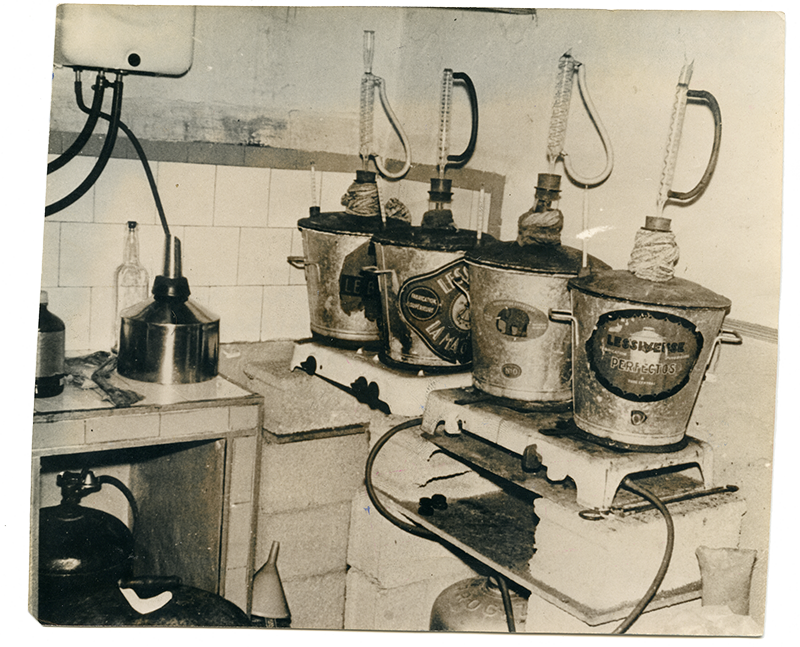
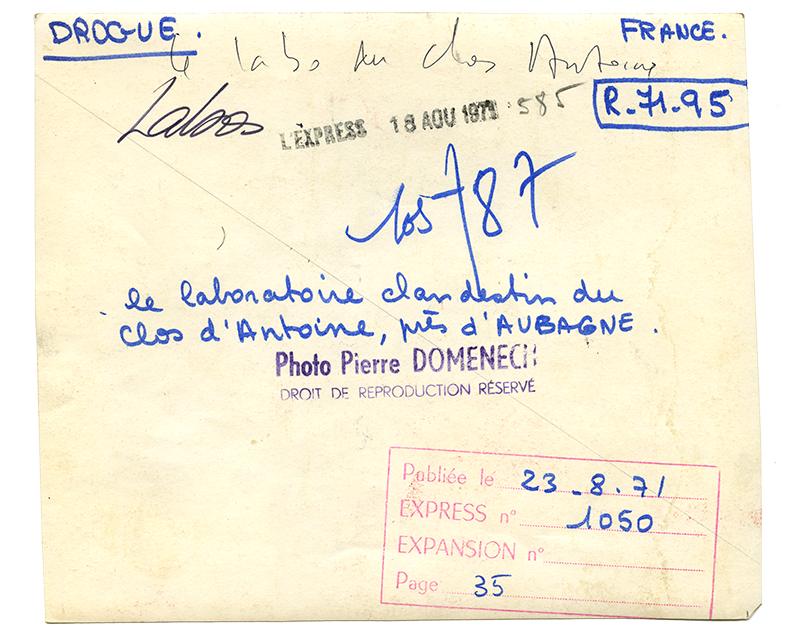
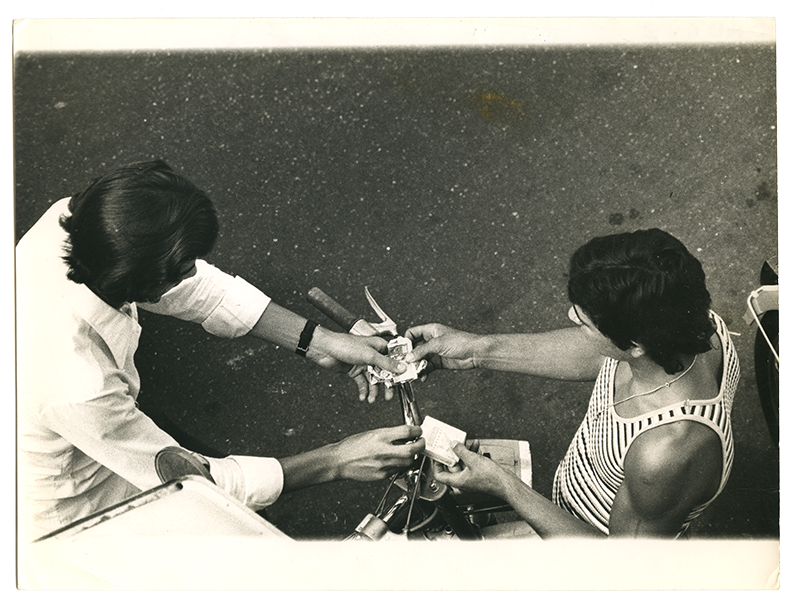
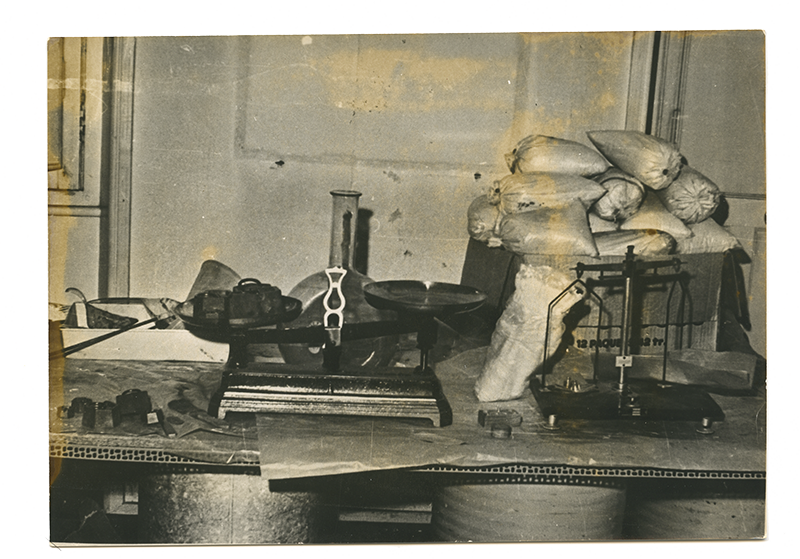
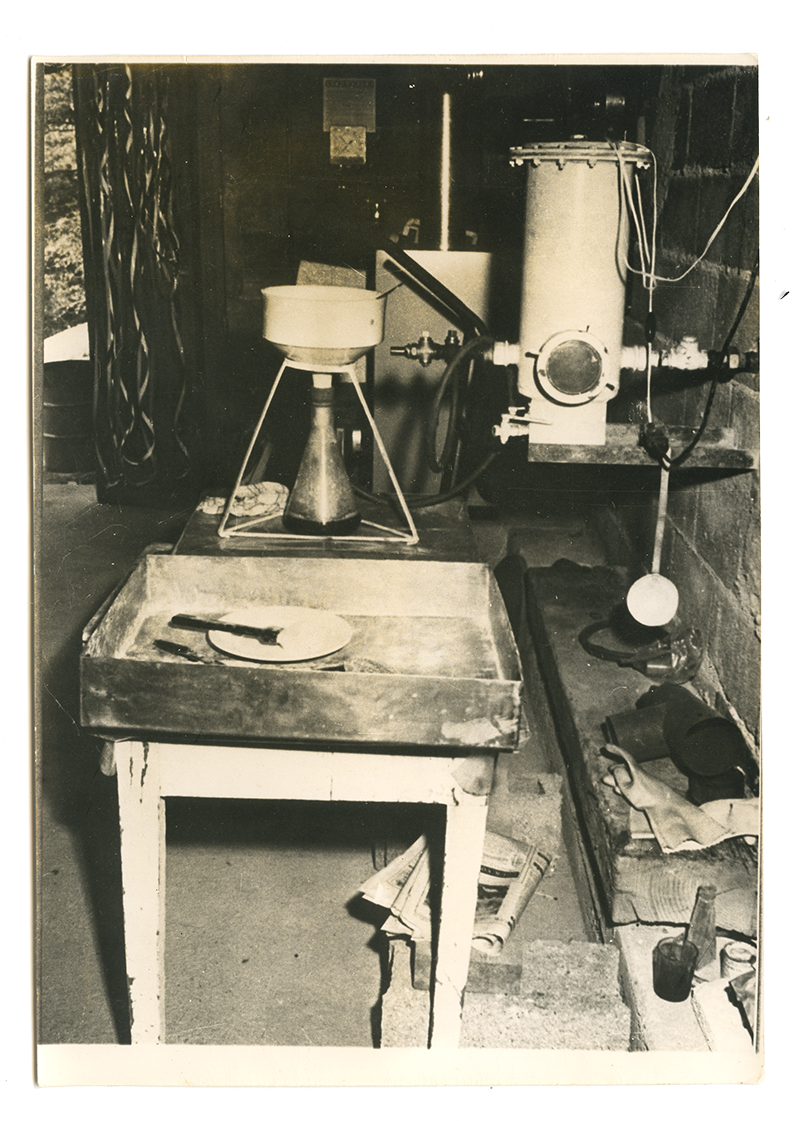
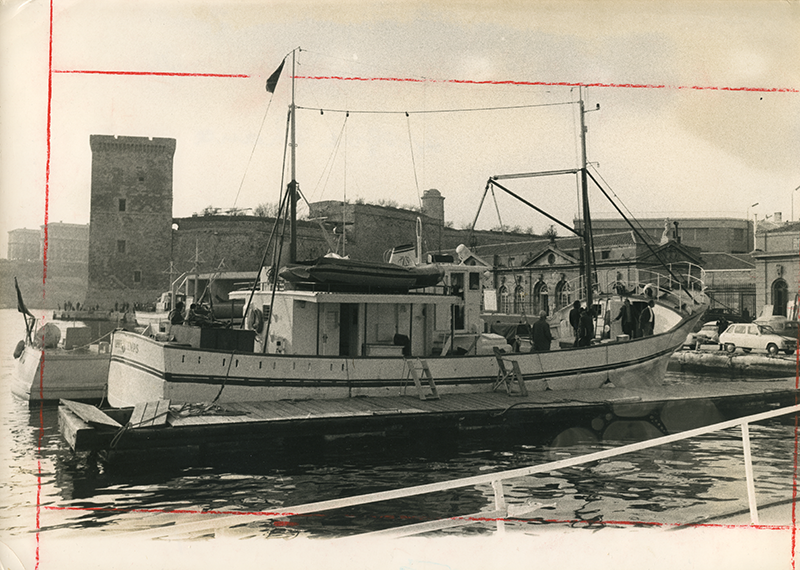
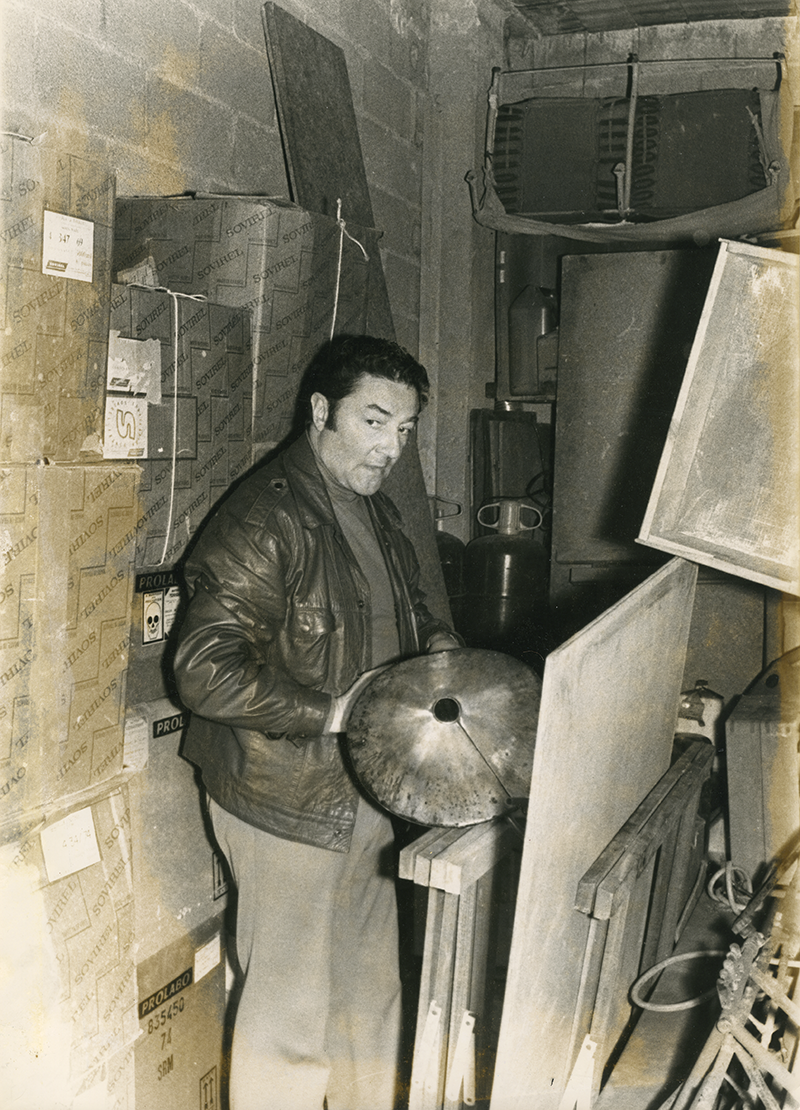
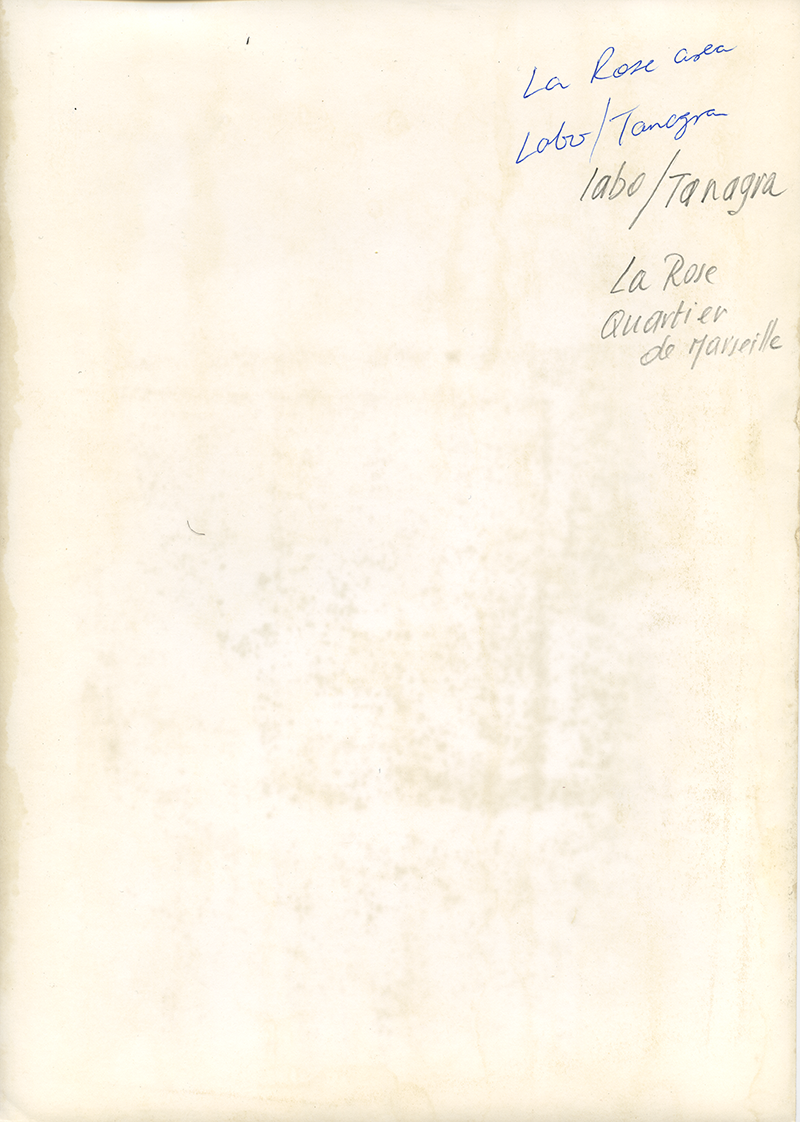
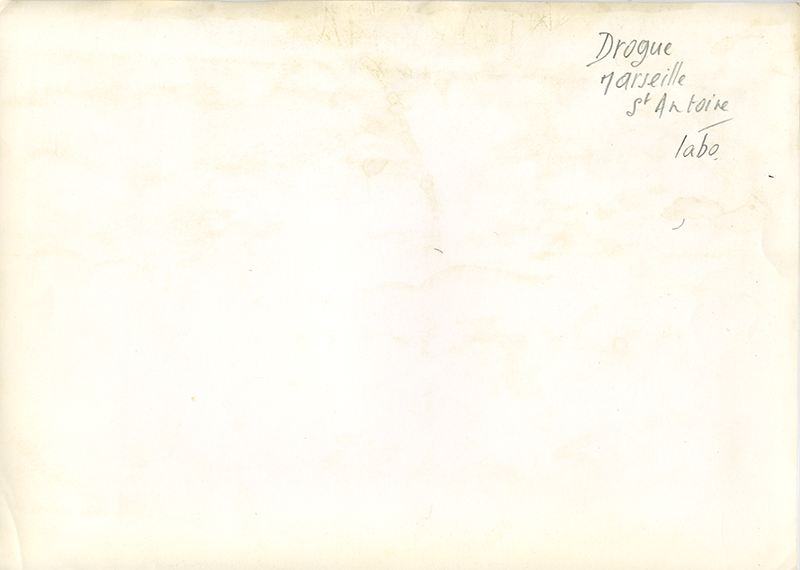
















French Connexion
Archive of 53 press vintage photographs in black and white, with inscriptions and stamps of the photographer on the back.Photos of drugs seize and homemade Heroin transformation laboratory dismantling. Variable sizes of photos around 20 x 30 cm. Rare documenation of the Drug smuggling by the so called « french connexion » and Police work to dismantle this international drug traffic.« Mimet is a tiny Provengal village of narrow alleyways and old buildings where blackshawled women doze in the sun and elderly men play pétanque under the plane trees ringing its square. Just beyond the village, on the road of Our Lady of the Angels, clinging to a hillside of scrub pine and wild olives, is a tacky, cream?colored villa with orange shutters. It is like thousands of other such houses in the miles of countryside around Marseilles, the kind of dreary residences described as coquette by the realestate salesmen who try to foist them off on the city's middle classes searching for a country retreat. One thing, however, sets that particular villa apart. It was there on Monday, Oct. 9, 1969, that the French police seized a heroin?conversion laboratory, the third they had uncovered in 20 years.Their failure to discover any more —because of the incredible complexity of the task, according to the French; because of a certain lack of zeal, according to some Americans—became a major irritant in Franco?American relations. According to the U. S. Bureau of Narcotics and Dangerous Drugs, it is in makeshift laboratories in the Marseilles region that 80 per cent of the 10 to 14 tons of heroin entering the United States annually is converted from morphine base into pure drug.The French question the bureau's statistics, contending that such precise knowledge is the exclusive property of the traffickers themselves. But they do not question the fact that thousands of pounds of morphine base, a powder with the texture of talcum and the color of milk chocolate, are converted into heroin each year in Marseilles's secret laboratories. In fact, the police of both nations now recognize that Marseilles has figured, just as it does in the film “The French Connection,” as the crucial link in the international heroin traffic for the past two decades.Marseilles came by its role through a natural outgrowth of the activities of its milieu (slang for underworld) in the flourishing black market in American cigarettes after World War II. When the profitability of the cigarette trade declined, the milieu turned to drugs for a new source of income. Marseilles's physical location made it a natural stopover on the road from the poppy fields of Turkey to the junkies on New York's Amsterdam Avenue. Every year hundreds of freighters, most of them Turkish, Greek and Arab, heading out of the Eastern Mediterranean where the poppy fields lie, called at Marseilles, and, as one American diplomat remarked, “The number of places in which an ingenious smuggler can hide heroin on a freighter is unimaginable.” The hill regions and villages around Marseilles were full of sites ideally suited for conversion laboratories. One recent report has estimated that, within 15?mile radius of the city, there are 30,000 villas suitable for hiding a lab. » Original article titled « The French Connection—In Real Life » published in The New York Times the 6 th of february 1972.